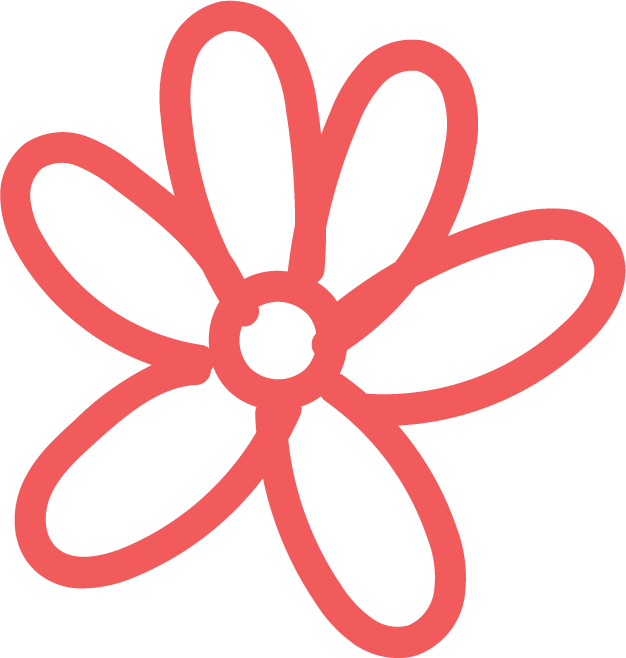Acupuncture & Pain
Pain is an unpleasant sensory and emotional experience associated with actual or potential tissue damage. It is a complex, subjective phenomenon that can vary in intensity, duration, and quality. Pain is a protective mechanism, warning the body of potential harm and promoting the avoidance of damaging stimuli or actions.
The experience of pain involves a combination of physiological and psychological processes. Nociceptors, specialized nerve endings, detect harmful stimuli (such as heat, pressure, or chemicals) and send signals to the brain and spinal cord. These signals are then processed and interpreted in various brain regions, leading to the perception of pain.
It is important to note that pain can be influenced by a person's emotional state, past experiences, cultural background, and other individual factors, making it highly subjective. Pain can be acute, lasting for a short duration, or chronic, persisting for an extended period, often beyond the expected healing time. Chronic pain can significantly impact a person's quality of life and may require comprehensive management and treatment approaches.
How acupuncture can help with Pain
Acupuncture is a medical practice that involves the insertion of thin needles into specific points on the body creating small microtraumas that stimulate the immune, nervous, and circulatory systems to promote healing and alleviate various health conditions, including pain. Acupuncture is thought to work through the following mechanisms to treat pain:
Neural Stimulation:
The insertion of needles into specific acupoints stimulates nerve endings in the skin and muscles. This triggers the release of various neurotransmitters, such as endorphins (natural painkillers) and serotonin (a mood-regulating neurotransmitter), which helps reduce pain perception and improve overall well-being.
Modulating Pain Pathways:
Acupuncture is believed to affect the central nervous system by influencing pain-regulating pathways in the brain and spinal cord. This can result in the inhibition of pain signals and the promotion of pain relief.
Anti-Inflammatory Effects:
Acupuncture has been shown to have anti-inflammatory properties, which can be beneficial for conditions involving inflammation-induced pain. Increased Blood Flow: Acupuncture may improve blood circulation to the affected area, promoting the delivery of oxygen and nutrients and supporting the body's natural healing processes.
Relaxation and Stress Reduction:
Acupuncture treatments promote a state of relaxation and reduce stress, which can have positive effects on pain management.
The World Health Organization (WHO) and the National Institutes of Health (NIH) have recognized acupuncture as a viable treatment option for several conditions, including:
-
Acupuncture is commonly used to manage chronic pain conditions like back pain, neck pain, knee pain, shoulder pain.
-
Acupuncture may help reduce the frequency and intensity of migraines and tension headaches.
-
Acupuncture is used to alleviate pain and improve joint function in people with osteoarthritis, particularly in the knee.
-
Acupuncture provides relief from menstrual pain and discomfort.
-
Some studies suggest acupuncture can help manage pain after surgery.
-
Acupuncture is an excellent adjunct therapy to manage fibromyalgia symptoms, including pain and fatigue. More
-
Acupuncture has been used to relieve dental pain after procedures or in dental conditions like temporomandibular joint (TMJ) disorders.

Here are some helpful Resources:
https://www.ncbi.nlm.nih.gov/pmhttps://www.aafp.org/news/health-of-the-public/2018
0521acupuncture.htmlc/articles/PMC5676441/
https://academic.oup.com/painmedicine/article/23/9/1582/6563599
https://www.hindawi.com/journals/bmri/2022/6561633/
https://www.ncbi.nlm.nih.gov/pmc/articles/PMC8617312/
https://jamanetwork.com/journals/jamainternalmedicine/fullarticle/414934
https://www.sciencedirect.com/science/article/abs/pii/S096522991930202X
https://www.sciencedirect.com/science/article/pii/S2005290113000885

